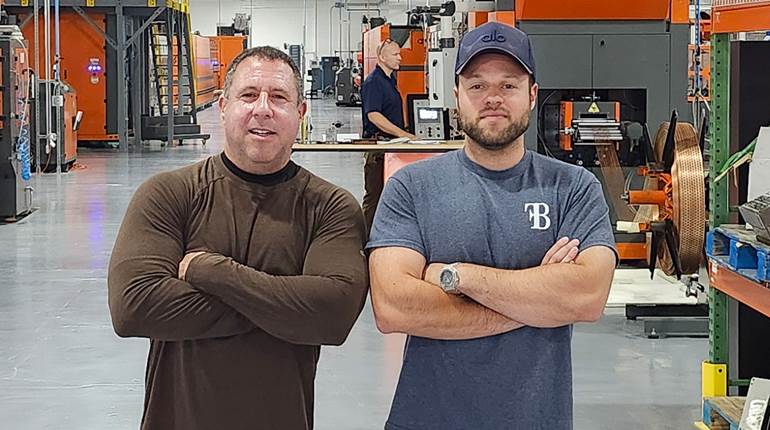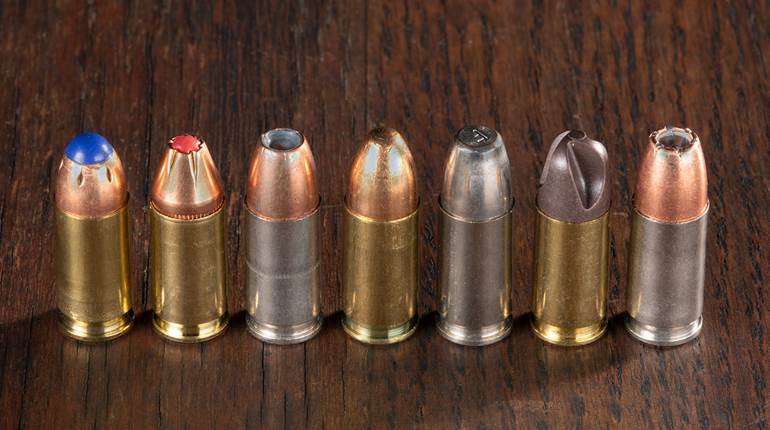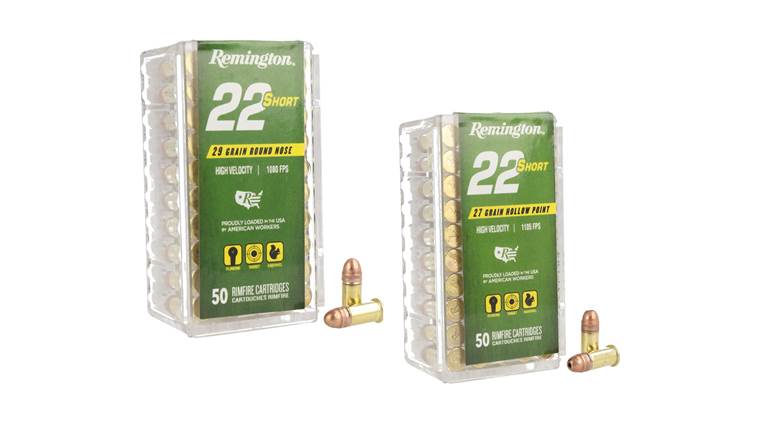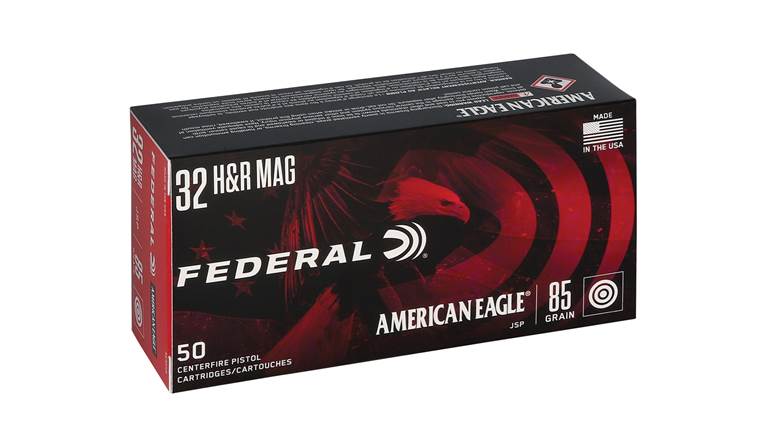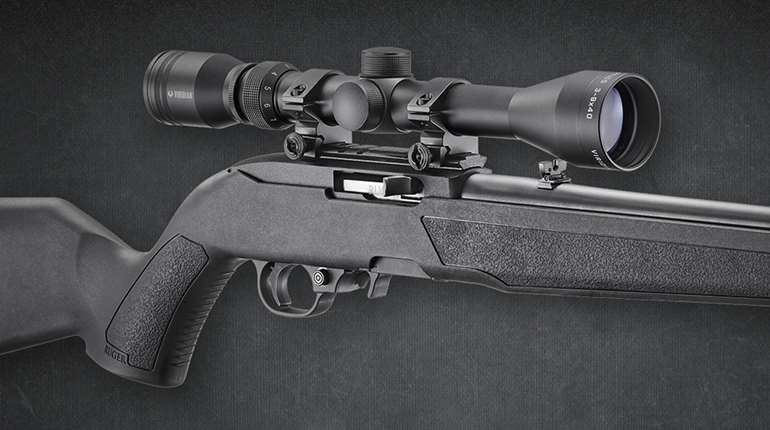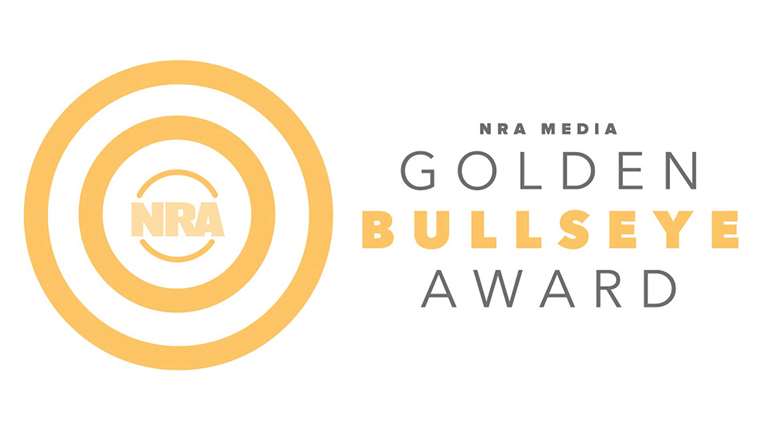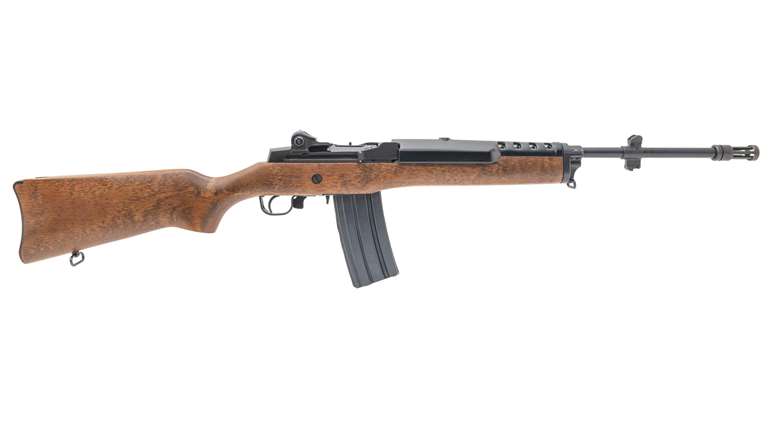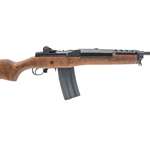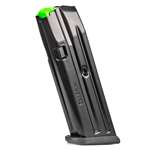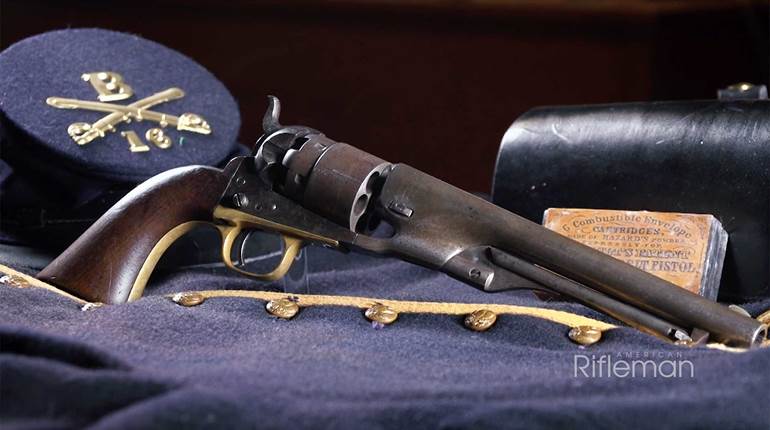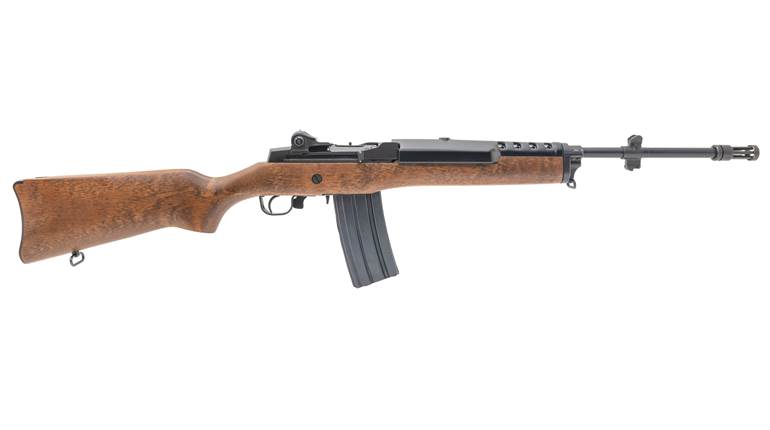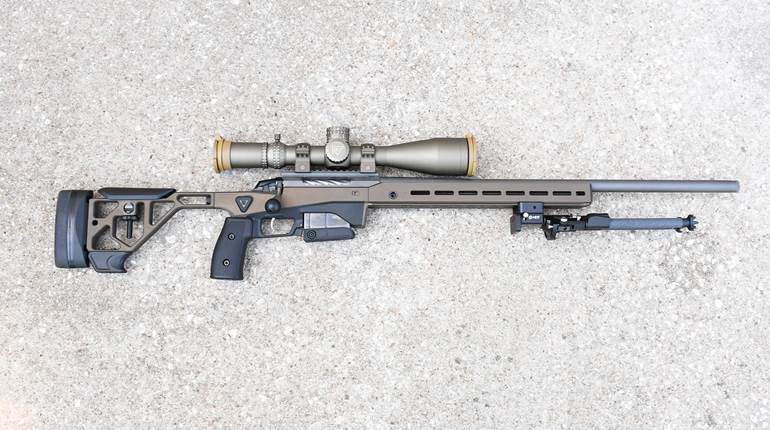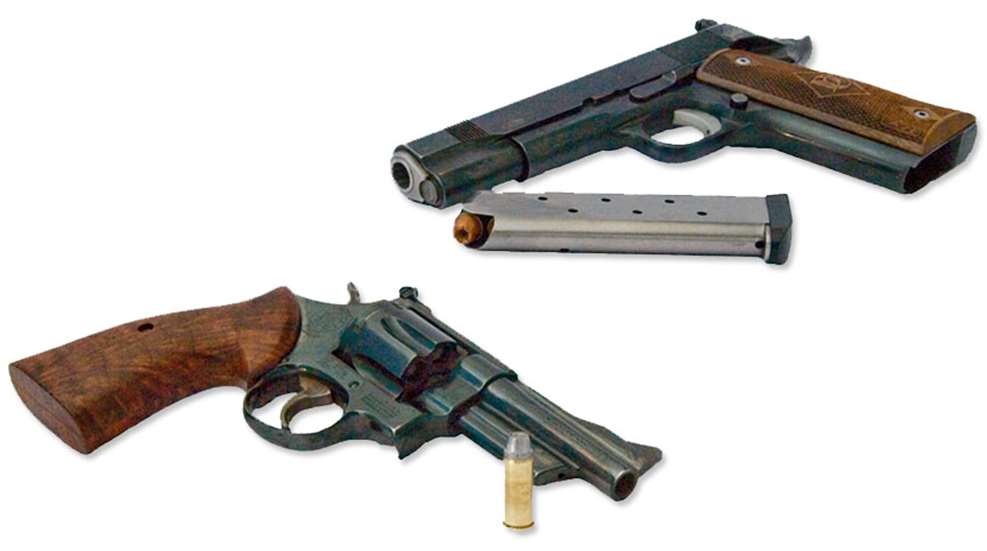
Handgunners today often buy a box or sometimes handload their ammo and give little thought of the bullet. Hollow points are usually the hands-down choice whether for self-defense or hunting. There has been a tremendous amount of research and testing in handgun bullets, especially during the last 30 to 40 years. However, that box of expensive hollow points may not always be the best choice. Before we explain why, let’s look at a thumbnail history of bullets in general.
The first hand gonne—as it was known—in the mid-14th century used whatever could be stuffed down its barrel for a projectile. Rocks, old nails, basically anything relatively hard that would wound someone became the first bullets. Accuracy, of course, was nonexistent, and stopping power—as we know it today—was equally vacuous. At that time, anything that would create a wound was considered acceptable. By the early 15th century, it became known that a round ball flew more consistently than haphazard rocks, nails and other debris, and round rocks, as well as metal balls became commonly used in these first primitive guns. These first balls were made from iron, and the first recording of an iron ball penetrating armor occurred in 1425. The origin of the term “bullet” comes from the French word boulle—literally “small ball.”
As firearm technology advanced, lead became the common material for bullets, especially hand-held arms. Lead is readily available, easy to melt and cast and can be reused if retrieved. Balls made of lead could be cast at just a bit less than the bore of an unrifled musket, and such a musket could be shot many times before fouling interrupted the loading process. On the other hand, rifling—invented in 1498 by German armorer August Kotter—provided for a much more accurate arm, but it also increased the tendency to foul and make loading more difficult. Rifling, which was somewhat popular for hunting guns, did not become commonplace until the 19th century.
Along about 1832, a British captain by the name of John Norton discovered that an oblong or pointed projectile flew farther and was more accurate than a similar diameter ball. Other gunsmiths—notably William Greener and Claude-Étienne Minié—experimented and refined the conical bullet, including a hollow base that would expand under pressure to engage the rifling. When cap-and-ball revolvers were introduced, the balls used in them were often a couple or three thousandths larger than the cylinder mouths, thus shaving a small amount of lead from the sides as they were loaded into the cylinder and yielding a bullet with a profile not unlike a shuttlecock.
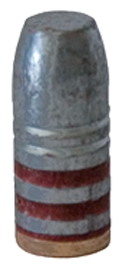 When the self-contained cartridge was introduced, these oblong, round-nosed bullets were carried along. As pressures and velocities increased—especially after smokeless powder came about—the lead needed protection from the higher temperatures and velocities. Jackets made of cupro-nickel were employed to remedy the excessive fouling of lead in the bores of firearms. By the mid-1890s, jacketed bullets—those made of a jacket of cupro-nickel or occasionally steel with a lead core—became more-or-less readily available. Self-loading firearms brought about the forming of bullet jackets from the front of the bullet, completely protecting the soft lead core from the rifling in the barrel. These became known as full metal jacket (FMJ) bullets.
When the self-contained cartridge was introduced, these oblong, round-nosed bullets were carried along. As pressures and velocities increased—especially after smokeless powder came about—the lead needed protection from the higher temperatures and velocities. Jackets made of cupro-nickel were employed to remedy the excessive fouling of lead in the bores of firearms. By the mid-1890s, jacketed bullets—those made of a jacket of cupro-nickel or occasionally steel with a lead core—became more-or-less readily available. Self-loading firearms brought about the forming of bullet jackets from the front of the bullet, completely protecting the soft lead core from the rifling in the barrel. These became known as full metal jacket (FMJ) bullets.
Starting with the Philippine Insurrection in 1899, armorers and ballisticians began looking for ways to make handguns better at disabling opponents. The old ways of simply increasing the size and mass of projectiles, along with increasing their velocities had been exhausted. There had to be a better way of discharging more energy into live targets that either disabled or killed them quicker.
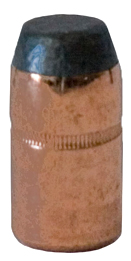 FMJ bullets tended to simply whistle their way through targets faster as velocities increased, with a minimal increase in tissue damage, unless bone was hit generating secondary fragments. So-called jacketed soft-point bullets—the jacket protecting the shank of the bullet with a nose of exposed lead, often flat—(JSP) were problematic and not always reliable at handgun velocities. JSPs were fine at velocities greater than 1,200 f.p.s., but at that time only the heartiest revolvers and shooters could get that kind of performance. Today, JSP bullets fall into two basic designs: one with a progressively thinning jacket back to allow riveting to be more dependable at typical handgun velocities, and heavy, massive bullets with long shanks and flat meplats designed for hunting the heaviest game in uber-powered revolvers like the Smith & Wesson .460 and .500 Mag. cartridges.
FMJ bullets tended to simply whistle their way through targets faster as velocities increased, with a minimal increase in tissue damage, unless bone was hit generating secondary fragments. So-called jacketed soft-point bullets—the jacket protecting the shank of the bullet with a nose of exposed lead, often flat—(JSP) were problematic and not always reliable at handgun velocities. JSPs were fine at velocities greater than 1,200 f.p.s., but at that time only the heartiest revolvers and shooters could get that kind of performance. Today, JSP bullets fall into two basic designs: one with a progressively thinning jacket back to allow riveting to be more dependable at typical handgun velocities, and heavy, massive bullets with long shanks and flat meplats designed for hunting the heaviest game in uber-powered revolvers like the Smith & Wesson .460 and .500 Mag. cartridges.
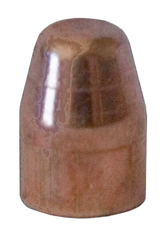 In the 1920s, a sawed-off cowboy and packer from Idaho and Montana, along with some like-minded amateur ballisticians, experimented with some handgun bullet profiles and lead alloys in an effort to determine the maximum capabilities of revolver cartridges of that time. Elmer Keith led the group and was its biggest promoter in the gun magazines. He found that semi-wadcutter bullets with a large, flat meplat—65 percent to 70 percent of caliber—with a convex nose portion imparted more energy into the animal targets he and his associates hunted. Semi-wadcutter bullets are an offshoot of wadcutter (often referred to as “full wadcutter”) bullets that are the favorite of revolver target shooters. Wadcutter bullets are cylindrical in profile and punch very clean holes in a paper target, and are much easier to score. Semi-wadcutter bullets retain the sharp shoulder of the wadcutter but add weight with the abbreviated cone nose section. The large flat meplat transmits more energy into the target, and the sharp shoulder engraved with the rifling acts like a saw to open blood vessels.
In the 1920s, a sawed-off cowboy and packer from Idaho and Montana, along with some like-minded amateur ballisticians, experimented with some handgun bullet profiles and lead alloys in an effort to determine the maximum capabilities of revolver cartridges of that time. Elmer Keith led the group and was its biggest promoter in the gun magazines. He found that semi-wadcutter bullets with a large, flat meplat—65 percent to 70 percent of caliber—with a convex nose portion imparted more energy into the animal targets he and his associates hunted. Semi-wadcutter bullets are an offshoot of wadcutter (often referred to as “full wadcutter”) bullets that are the favorite of revolver target shooters. Wadcutter bullets are cylindrical in profile and punch very clean holes in a paper target, and are much easier to score. Semi-wadcutter bullets retain the sharp shoulder of the wadcutter but add weight with the abbreviated cone nose section. The large flat meplat transmits more energy into the target, and the sharp shoulder engraved with the rifling acts like a saw to open blood vessels.
Beginning in 1935 with the debut of the .357 Mag., bullet manufacturers worked feverishly to produce projectiles that could both stand up to and maintain the accuracy of these new, high-velocity revolvers and deform or rivet—often mistakenly termed “expand”—in a live target. Initially, the efforts centered on what could be done to lead to allow it to withstand velocities of 1,500 f.p.s.
The best solution was an alloy known as Linotype that was most often used in the offset printing business. Linotype is an alloy consisting of 84 percent lead, 12 percent antimony and 4 percent tin. The lead is the basis of the alloy, providing mass and a certain amount of lubricity. Antimony is what increases the hardness, and tin is what allows the alloy to fill out a complex mold with sharp edges. As with any lead bullet, Linotype needs proper lubrication to make full use of these characteristics. Lubricants run the gamut of ballisticians’ and shooters’ imaginations. Most center around a wax base with additives to soften it enough to fill the lubricating grooves of the bullet, as well as add some lubricity—or slickness. A good Linotype cast bullet with proper lubricant can easily withstand velocities to 1,400 f.p.s. or a bit more. They penetrate well but rarely rivet or deform. I have taken a number of deer and wild pigs with cast semi-wadcutters and use them exclusively in most of my center-fire revolvers for hunting as well as self-defense.
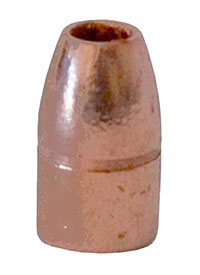 Hollow point bullets are not new. The first hollow points were made available in rifle cartridges staring in the mid-1880s under the name “Express Loads” and featured a relatively light bullet with a cavity in its nose to aid riveting. Hollow points for handguns are almost as old; even old-time casters in the 1930s, ’40s and ’50s devised methods to include a hollow point in the nose of semi-wadcutter bullets. Lyman once offered a matched pair of molds featuring one with the shank part of the bullet that included a pointed cavity in the front, and a separate mold with or without the hollow point for the nose. The rear portion was to be cast from a hard alloy like Linotype; the front from a softer alloy. Then the shooter would have to literally glue the two together. It didn’t last for two reasons: First, it was very time consuming and labor intensive; two, gluing the two pieces was difficult to maintain weight and center of gravity, thus the bullets were usually not too accurate.
Hollow point bullets are not new. The first hollow points were made available in rifle cartridges staring in the mid-1880s under the name “Express Loads” and featured a relatively light bullet with a cavity in its nose to aid riveting. Hollow points for handguns are almost as old; even old-time casters in the 1930s, ’40s and ’50s devised methods to include a hollow point in the nose of semi-wadcutter bullets. Lyman once offered a matched pair of molds featuring one with the shank part of the bullet that included a pointed cavity in the front, and a separate mold with or without the hollow point for the nose. The rear portion was to be cast from a hard alloy like Linotype; the front from a softer alloy. Then the shooter would have to literally glue the two together. It didn’t last for two reasons: First, it was very time consuming and labor intensive; two, gluing the two pieces was difficult to maintain weight and center of gravity, thus the bullets were usually not too accurate.
The advent of the semi-automatic pistol for law enforcement and self-defense put new and focused intensity on the hollow-point bullet. An avid handgunner, Lee Jurras, started a company in 1963 called Super-Vel. The idea was to take lightweight hollow-point bullets and drive them faster than anyone had tried before. Super-Vel enjoyed real success, especially in the law enforcement markets.
A series of incidents—some say they were set in motion by the big three ammo makers—spelled doom for Jurras’ company, though a revived Sper-Vel is rising from the ashes today. Nonetheless, the work and success of Super-Vel spurred ammo companies and bullet makers to invest heavily into the hollow-point bullet. Today’s hollow points are far more effective in neutralizing live targets, and a few have the mechanical integrity to defeat some barriers.
The hollow point, though, is not the Holy Grail of pistol bullets. For those who hunt heavy, dangerous game, a variation of Elmer Keith’s semi-wadcutter bullet has ushered itself onto the scene. Very heavy-for-caliber bullets made from hard lead alloys and often heat treated after casting to harden them further are often used when the animal is large and/or can bite back. They are driven very fast in the latest uber-powerful revolvers like the Smith & Wesson .460 and .500 Mag. revolvers. These bullets more often resemble the wadcutter bullet with a nearly cylindrical shape and a large, flat meplat. Most often they have a gas check—a shallow copper cup crimped to the rear of the bullet—to shield them from hot gases and super-high pressures.
Just as with their rifle counterparts, the best way to choose a bullet for your handgun is to shoot several examples of a given assortment at the range. It is only by testing the bullets on paper that you can make an accurate evaluation of the particular load or bullet that best meets your needs. Yes, paper is boring to shoot, compared to the plethora of reactive targets we have now, but paper is excruciatingly honest—it never lies or distorts. And that is the kind of data you need to make the best choice.












